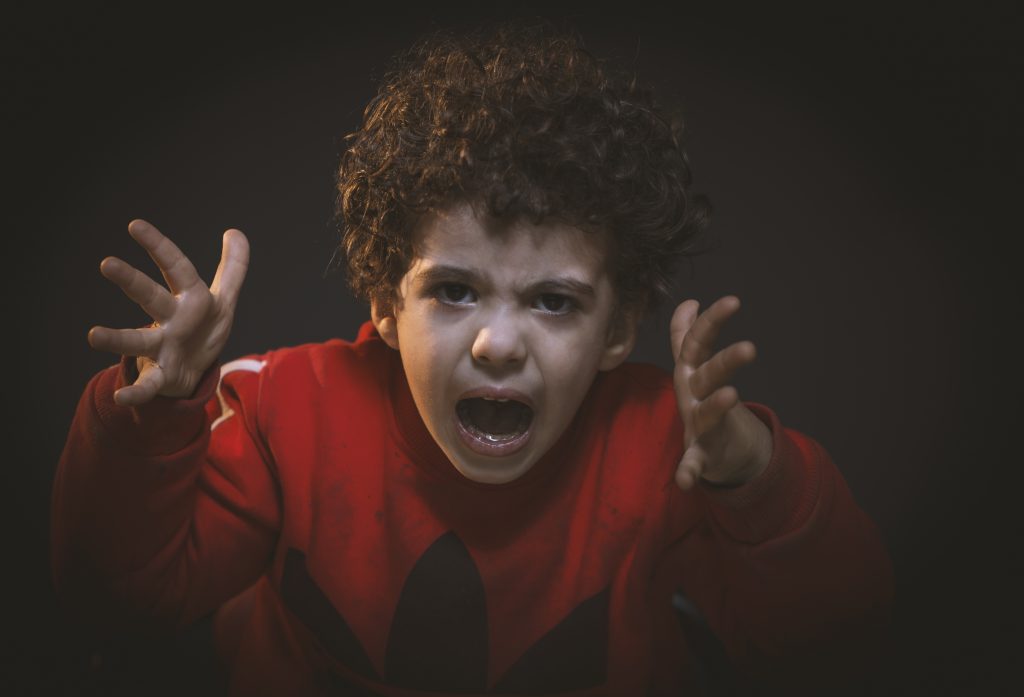Restorative practices elevate relationships. It builds problem-solving skills and provides discipline solutions for transgressors and victims. These practices teach conflict resolutions. Restorative practices develop community in schools. Consequently, it is a proactive approach to build community. Thus, it repairs the damage that occurs after a problem.
Benefits of Restorative Practices
The practice of restoring students’ connections strengthens the staff and other students. Thus, students stay connected to a positive school community. Dr. Brian Smith states: “Suspension and expulsion disrupt students’ learning and erode their connection to the school.”
Additionally, sociologists Brea Perry and Edward Morris indicate exclusionary discipline is harmful to academic achievement. More than that, however, recent research conducted by sociologists Brea Perry and Edward Morris of the American Sociological Review shows that exclusionary discipline also harms the “academic achievement of non-suspended students.”
How it Works
The restorative practice shifts conversations between teachers and students to not focus on punishment. It provides a chance for wrongdoing and dialogue for victims.
In some traditional schools, punishments do not work. They do not change the cause of the behavior. Basically, it starts as the student states how he or she feels. After much dialogue, it ends with a plan that both students agree upon to avoid conflicts in the future.
It’s important to promote a positive climate that helps students learn from their mistakes. Additionally, many schools partner with others. Others include parents administration and community members. Therefore, these practices lead to healthier relationships in the classroom and among members of the community.
Barriers and Road Blocks
- Improper procedures can cause more harm.
- Leaders do not remain calm or neutral.
- There is no support from others in the community.
- Offenders only act remorsefully.
Overall, restorative practice is for a change of behavior, build relationships, and the engagement of students’ learning.
![]()



